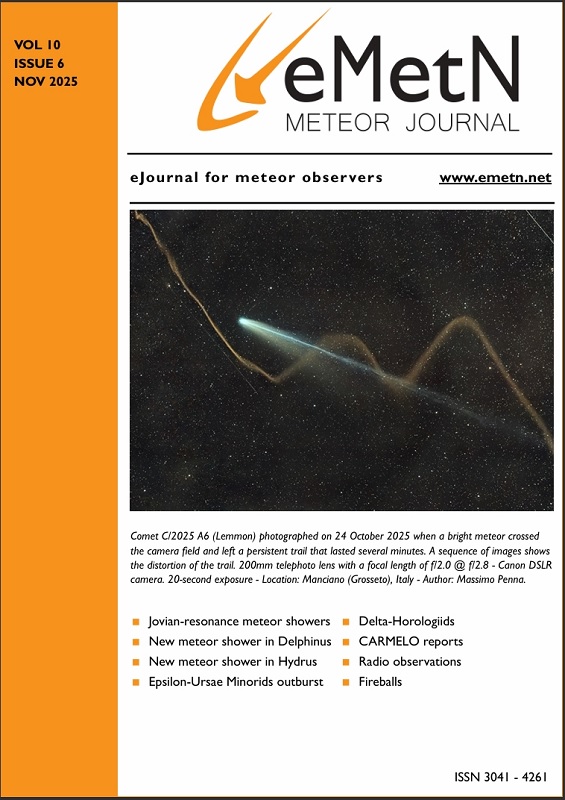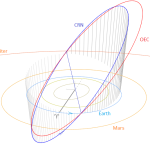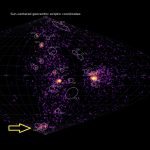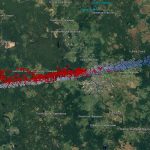Abstract: An overview of the radio observations during September 2025 is given.
The graphs show both the daily totals (Figure 1) and the hourly numbers (Figure 2) of “all” reflections counted automatically, and of manually counted “overdense” reflections, overdense reflections longer than 10 seconds and longer than 1 minute, as observed here at Kampenhout (BE) on the frequency of our VVS-beacon (49.99 MHz) during the month of September 2025.
The hourly numbers, for echoes shorter than 1 minute, are weighted averages derived from:

Local interference and unidentified noise generally remained low. Weak lightning activity was recorded on 3 days, while very strong activity was noted on September 13th when a thunderstorm occurred in the immediate vicinity of the beacon.
Solar activity remained quite strong.
During this month, there were no truly prominent meteor showers active, but the activity nevertheless remained interesting, with both a number of smaller showers and a fair number of long reflections.
Across the entire month, 14 reflections longer than 1 minute were recorded. A selection, along with some other interesting reflections is presented in Figures 3 to 17.
In addition to the usual graphs, you will also find the raw counts (subject to strict reservations as previously said) in cvs-format from which the graphs are derived. The table contains the following columns: day of the month, hour of the day, day + decimals, solar longitude (epoch J2000), counts of “all” reflections, overdense reflections, reflections longer than 10 seconds and reflections longer than 1 minute, the numbers being the observed reflections of the past hour.
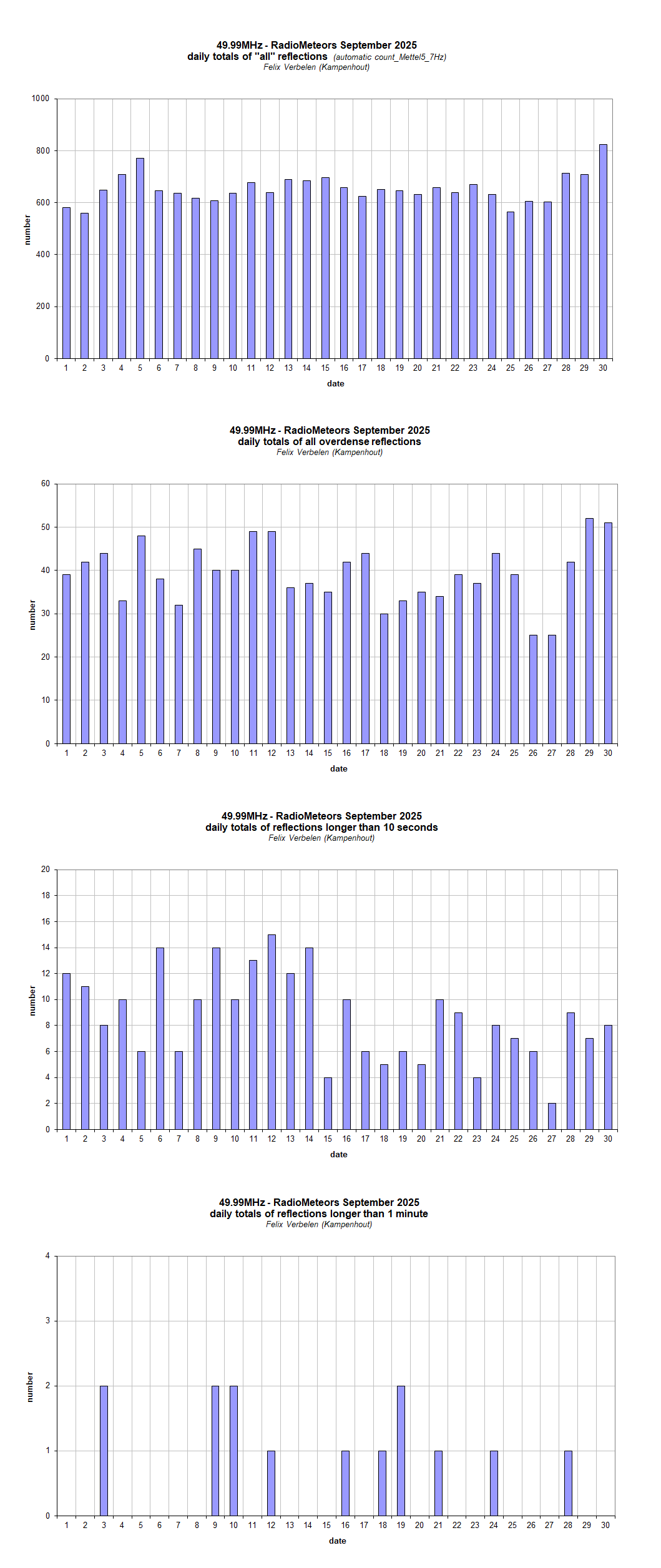
Figure 1 – The daily totals of “all” reflections counted automatically, and of manually counted “overdense” reflections, as observed here at Kampenhout (BE) on the frequency of our VVS-beacon (49.99 MHz) during September 2025.
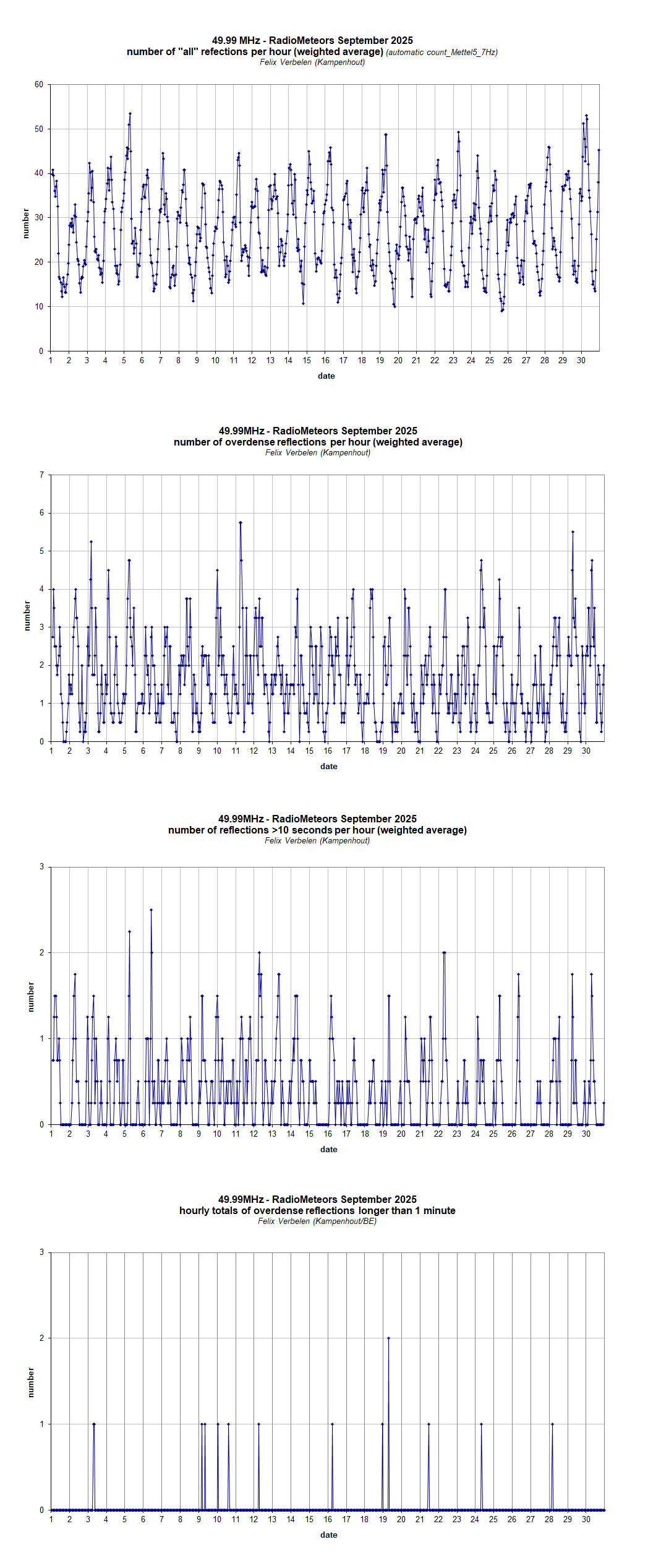
Figure 2 – The hourly numbers of “all” reflections counted automatically, and of manually counted “overdense” reflections, overdense reflections longer than 10 seconds and longer than 1 minute, as observed here at Kampenhout (BE) on the frequency of our VVS-beacon (49.99 MHz) during September 2025.
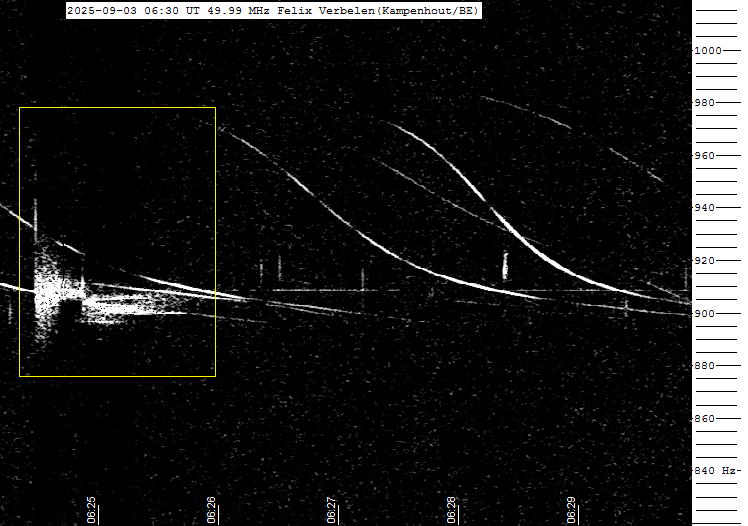
Figure 3 – Meteor echoes September 3, 6h30m UT.
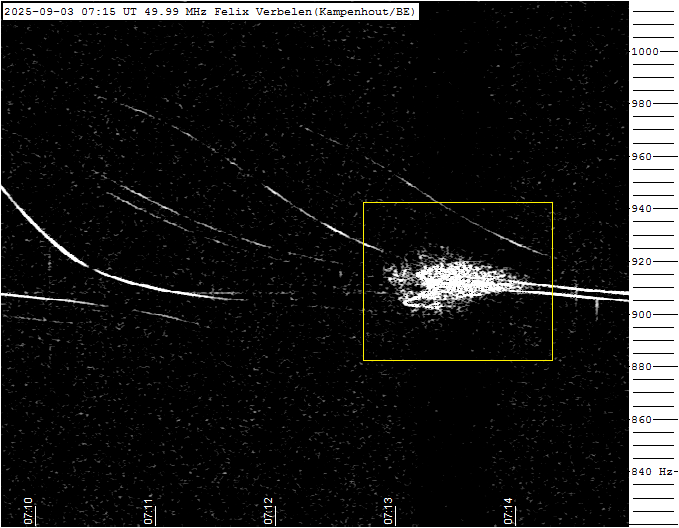
Figure 4 – Meteor echoes September 3, 7h15m UT.
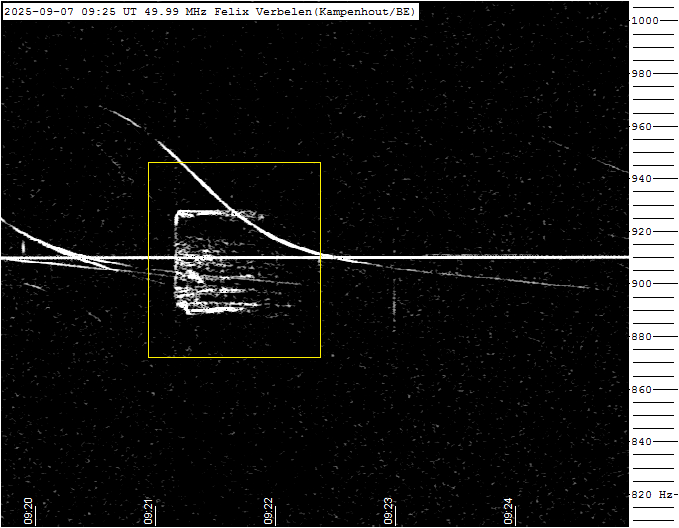
Figure 5 – Meteor echoes September 7, 9h25m UT.
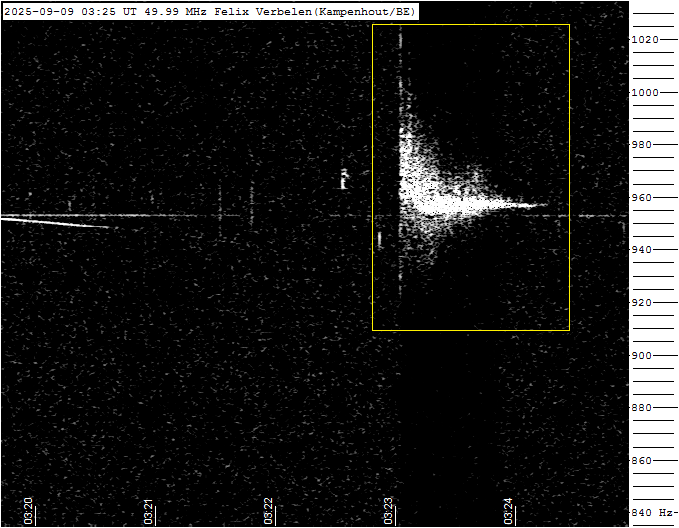
Figure 6 – Meteor echoes September 9, 3h25m UT.
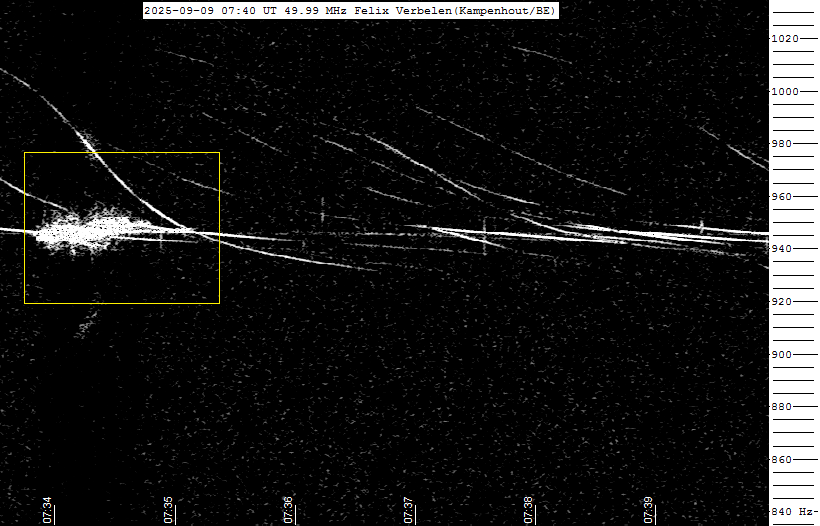
Figure 7 – Meteor echoes September 9, 7h40m UT.
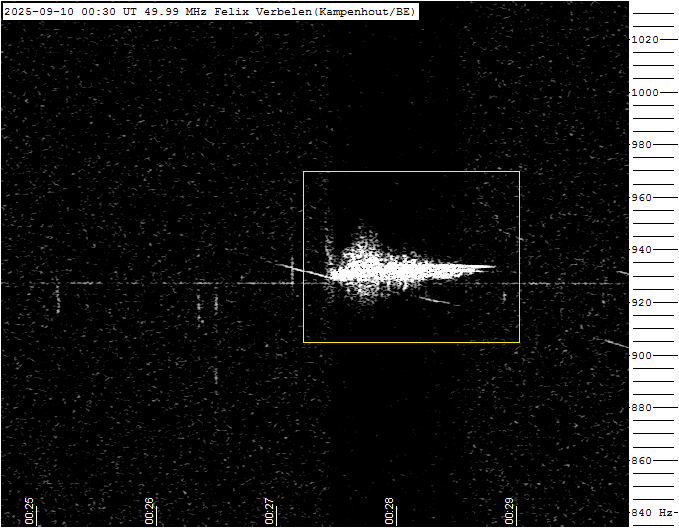
Figure 8 – Meteor echoes September 9, 0h30m UT.
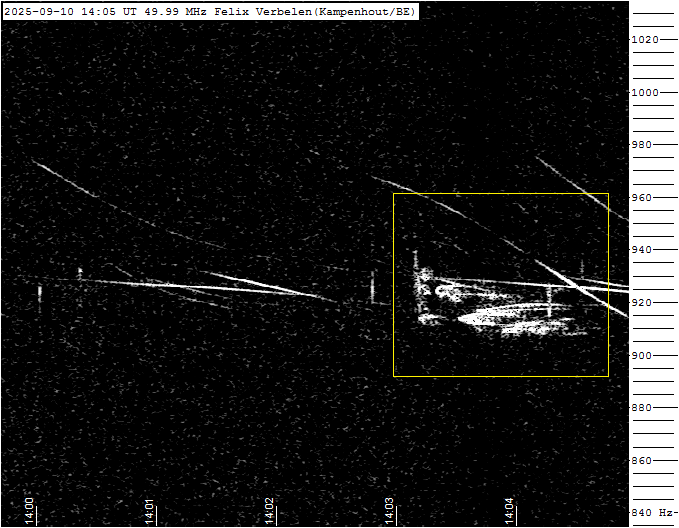
Figure 9 – Meteor echoes September 10, 14h05m UT.
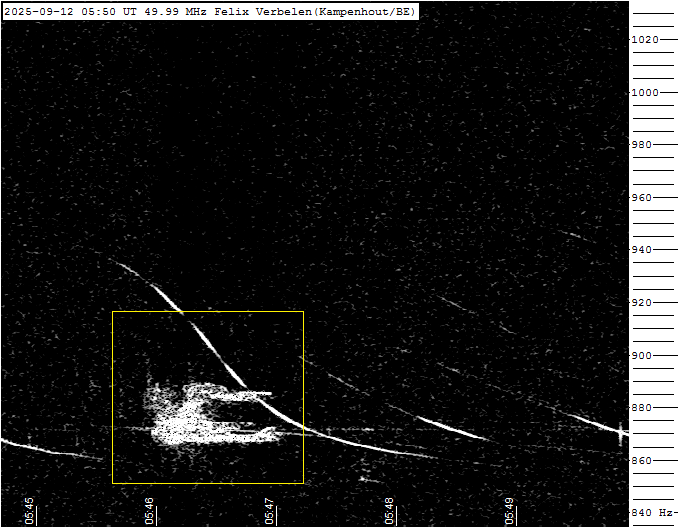
Figure 10 – Meteor echoes September 12, 5h50m UT.
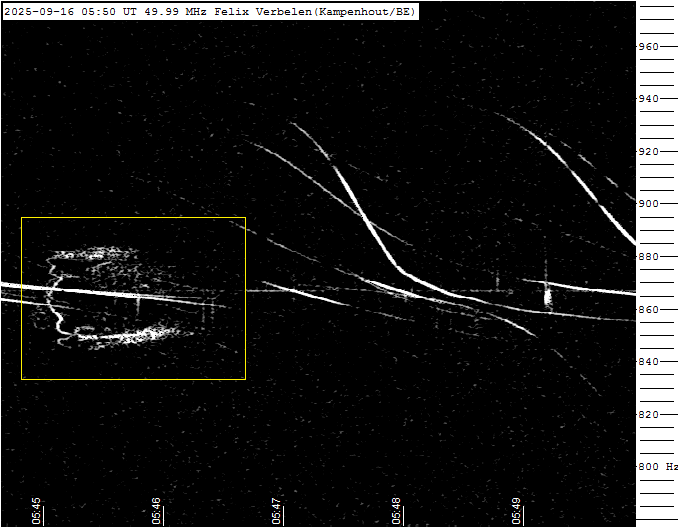
Figure 11 – Meteor echoes September 16, 5h50m UT.
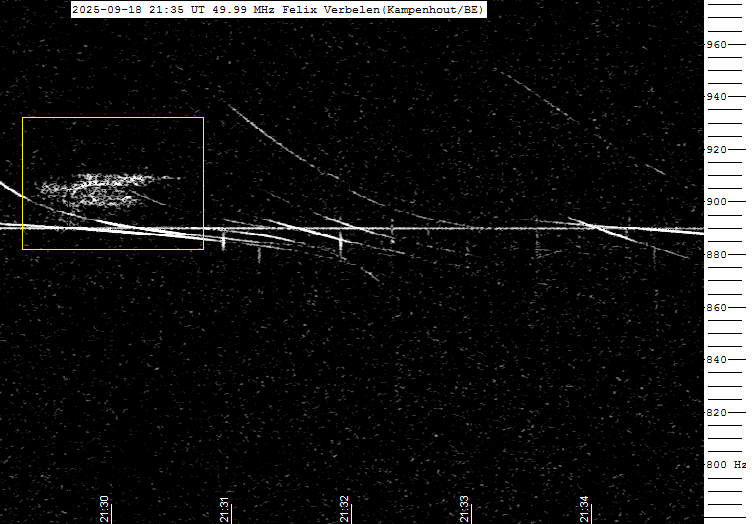
Figure 12 – Meteor echoes September 18, 21h35m UT.
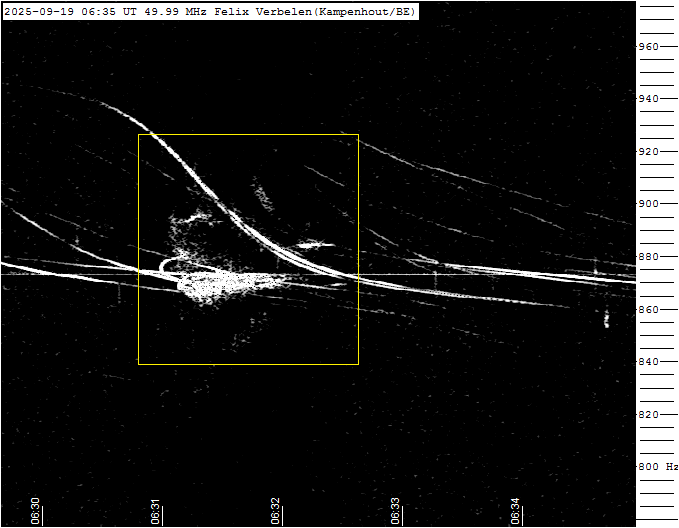
Figure 13 – Meteor echoes September 19, 6h35m UT.
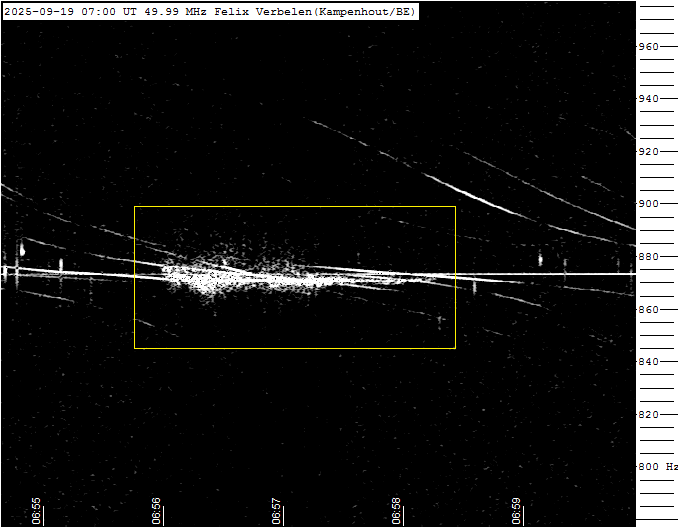
Figure 14 – Meteor echoes September 19, 7h00m UT.
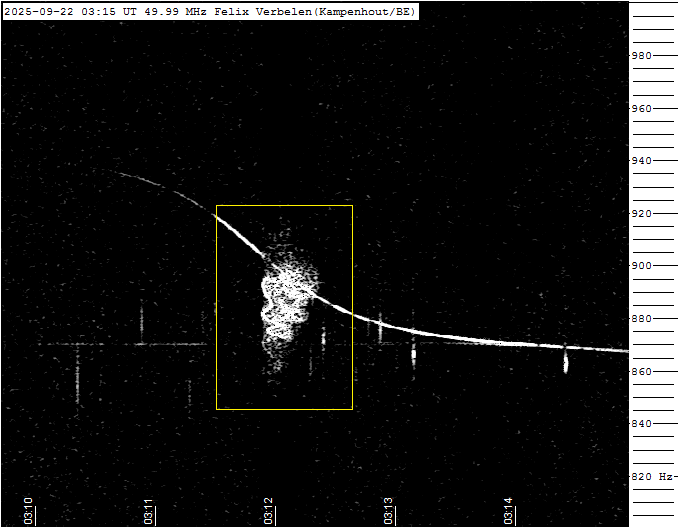
Figure 15 – Meteor echoes September 22, 3h15m UT.
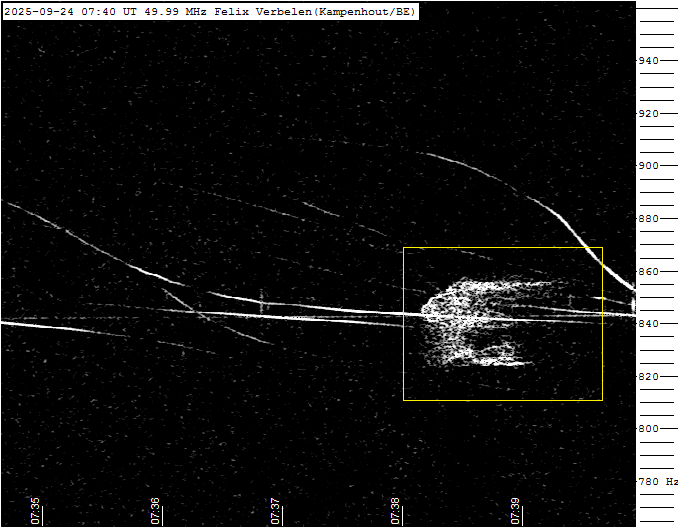
Figure 16 – Meteor echoes September 24, 7h40m UT.
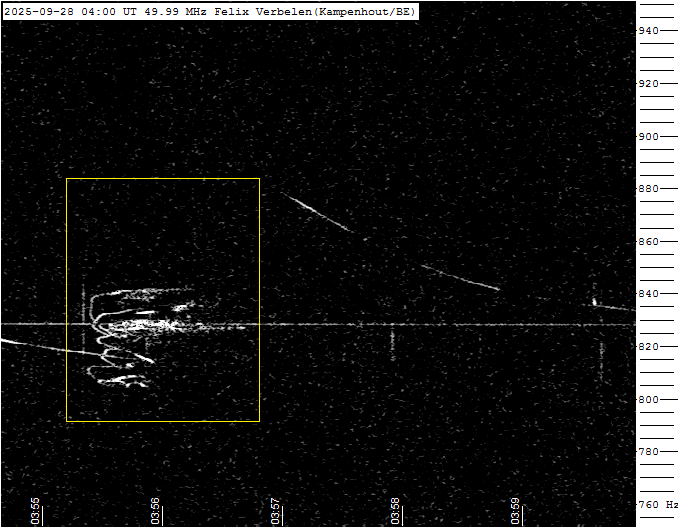
Figure 17 – Meteor echoes September 28, 4h00m UT.

